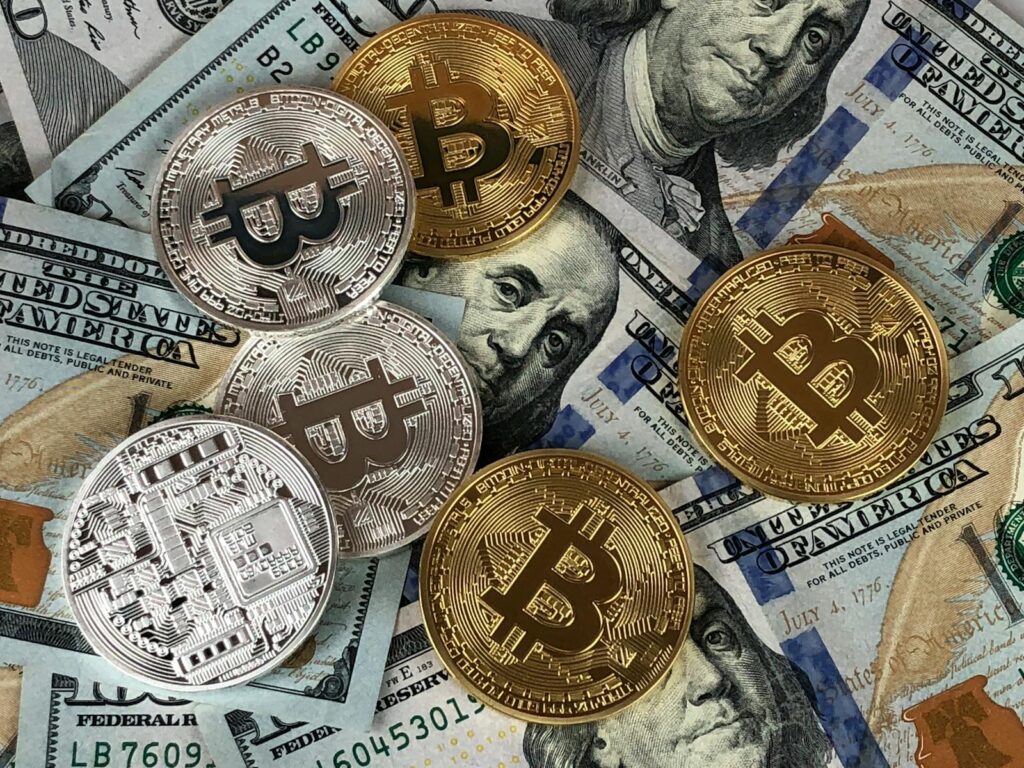Main Points
- On October 30, U.S. Bitcoin spot ETFs saw a record influx of $896 million (approx. ¥1.37 trillion).
- BlackRock’s IBIT fund received an unprecedented single-day inflow of $875 million (approx. ¥1.34 trillion).
- This trend continued for six consecutive trading days, with other ETFs also showing positive inflows.
- Signs of FOMO (fear of missing out) may be driving increased investor demand, particularly amid recent price gains.
- Bitcoin reached an all-time high in yen terms on October 30, showing a 7.7% increase over the past week.
1. Introduction to Bitcoin ETF Market Surge
Recent data from SoSoValue reveals an extraordinary surge in investment inflows into U.S. Bitcoin spot ETFs, reaching $896 million on October 30, marking the sixth consecutive day of net inflows. This substantial investment underscores a growing appetite for Bitcoin-backed ETFs as investors seek exposure to Bitcoin’s price movements through regulated financial products.

2. BlackRock’s IBIT ETF Achieves Record-Breaking Inflows
Among the ETFs, BlackRock’s IBIT fund captured significant attention by attracting $875 million in a single day. This marks the largest daily inflow recorded for a single fund in the history of Bitcoin ETFs, propelling IBIT’s assets under management (AUM) past the $30 billion (approx. ¥4.59 trillion) threshold. BlackRock’s ETF achieved this milestone only 293 days after its initial listing in January, demonstrating the intense market interest and the influence of such a major financial institution on the Bitcoin market.
3. Positive Performance of Other ETFs
Other ETFs also experienced substantial net inflows, although on a smaller scale than BlackRock’s IBIT. Fidelity’s FBTC fund reported an inflow of $12.6 million (approx. ¥19.3 billion), while both ARK21Shares’ ARKB and Invesco’s BTCO registered $7.2 million each (approx. ¥11 billion). Smaller funds such as Valkyrie’s BRRR ($6.1 million), VanEck’s HODL ($4.1 million), and Grayscale’s BTC Mini Trust ($8 million) also saw positive inflows. However, Bitwise’s BITB ETF encountered a net outflow of $23.9 million (approx. ¥36.6 billion), making it the only fund to experience a decline.
4. Market Sentiment and FOMO Indications
Eric Balchunas, a Bloomberg analyst, noted the significant trading volume spike in BlackRock’s IBIT, reaching $3.3 billion, the highest level in the past six months. Traditionally, higher trading volumes are observed during price declines as investors take advantage of lower prices. However, the trading volume spike amid a 4% price increase indicates a possible wave of FOMO-driven buying, as investors rush to enter the market to avoid missing further gains.
5. Bitcoin’s Price Surge and Yen-Denominated Record
On October 30, Bitcoin reached an all-time high in yen, hitting ¥11,285,300, driven by the increasing popularity of Bitcoin ETFs and the market’s positive sentiment towards Bitcoin. Over the past week, Bitcoin’s value has risen by 7.7%, underscoring a strong recovery in investor confidence. Analysts suggest that this recent price action may encourage further investments into Bitcoin-backed financial products, supporting continued growth in the sector.
The record inflows into Bitcoin ETFs underscore a rapidly increasing demand for institutional-grade exposure to Bitcoin among traditional investors. BlackRock’s substantial inflows signal a wider market acceptance of Bitcoin-backed assets, especially as financial institutions lead the charge in Bitcoin investment products. The rise in trading volumes during price gains suggests growing FOMO among investors, a factor that may continue to support Bitcoin’s upward trajectory. Bitcoin’s new record high in yen further solidifies its role as a viable asset in the global financial landscape, with continued growth expected as ETFs become a mainstream entry point for investors.


